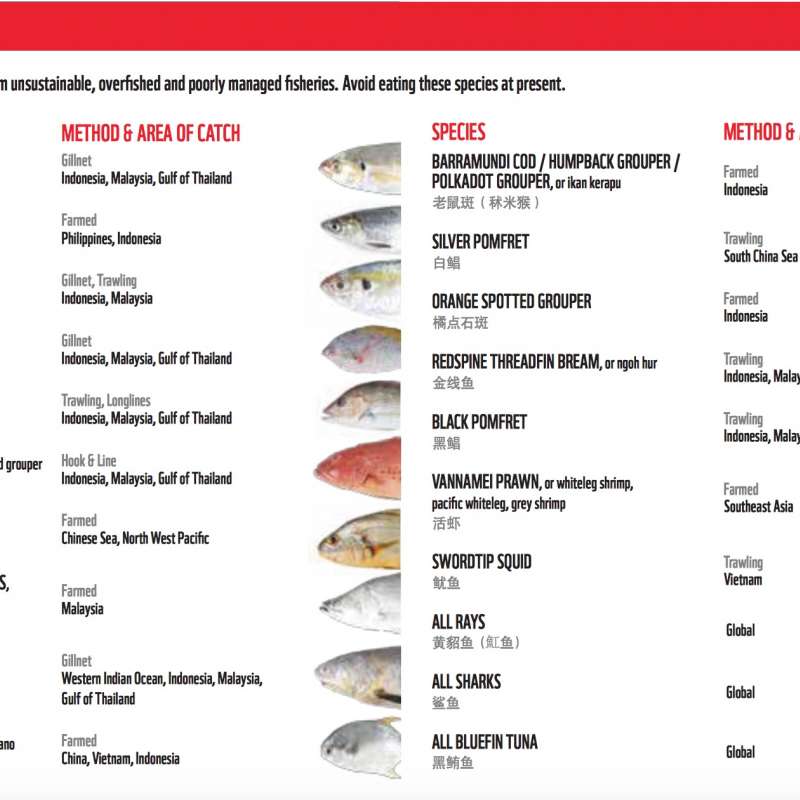About Sustainable Seafood
Divers all over the world are noticing declining fish populations and diminishing fish sizes. It’s getting harder and harder to find dive sites with sharks or big fish and the trend is only going to continue without consumer intervention. Pescitarians must demand sustainable fishing methods and legislation; the best way to do this is by purchasing from fisheries that meet that criteria.
95% of the world’s fish stocks are collapsed or fished either at or beyond their maximum sustainable limits. Meaning, the overexploited fish are having a hard time repopulating because there aren’t enough reproducing adults to add juveniles to the next generation.
With a lack of international management and contradictory standards across international waters, very few fish populations are properly managed or fished below capacity. In addition, consumer preference tends towards a few species of popular fish, causing strong pressure to be placed on those specific fisheries. Along with destructive fishing methods, increasing human populations and health trends advocating fish consumption are pushing global fisheries nearer and nearer to collapse.
Due to growing concern about the state of the oceans and fisheries stocks, many organizations have created awareness campaigns and ecolabelling programs to aid consumers in choosing seafood from sustainable sources and practices. Many organisations from around the world have set up their own programs labeling seafood as good or bad choices based on their own criteria. Many seafood retailers have started using these guidelines on their seafood labels to help give customers an informed decision.
So, how can you choose the best seafoods?
To start with, try to buy local and from a reputable source. Community-supported-fisheries or CSF programs are an excellent way to have a share in sustainable seafood and have a say in how your food is caught. You pay to support sustainable fisheries and in return, receive a regular share of the season’s catch. Usually they use small-impact fishing methods like hook and line, pot or traps.
If that isn’t an option for you, your government might have a guide on the best seafood in your area. Many European and Southeast Asian countries are creating guides to help consumers select the best catch specifically for their areas.
But if that still isn’t an option, you can choose between many other guides. Some of the best are created by research aquariums and organizations across the world. These include but are not limited to:
Vancouver Aquarium Ocean Wise : http://www.oceanwise.ca
Monterey Bay Aquarium Seafood Watch : http://www.seafoodwatch.org
Environmental Defense Fund Seafood Selector :http://seafood.edf.org
Marine Stewardship Counsel Label Program : https://www.msc.org
But whatever method you choose, it all comes down to the same thing. Know where your food comes from, how it was caught, and how that impacts the oceans. Consumers can make a difference, but it takes a little bit of self-education and research.
@ This article above is written by Roya Eshragh (PADI Instructor #373094), please give respect to her copyright!
This article & photos are not to be reproduced or distributed without written permission of Roya Eshragh.





